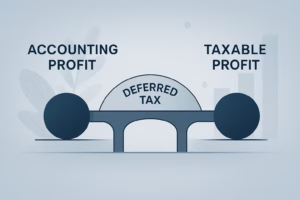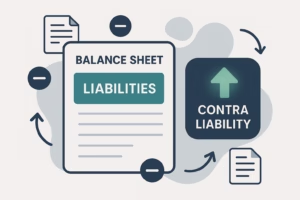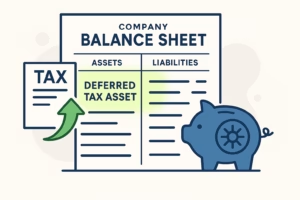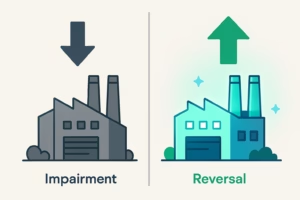Accounting
-

Understanding Amortization of Intangible Assets
—
in AccountingIn today’s economy, many of a company’s most valuable assets aren’t physical.Brands, patents, software, licenses, customer lists, and intellectual property often drive more value than buildings or machinery.These non-physical assets…
-

Understanding Provisioning in Accounting
—
in AccountingIn business, uncertainty is inevitable — whether it’s a customer who might default, a product warranty that may be claimed, or a lawsuit that could result in payment. Accounting standards…
-

Understanding Hybrid Security Accounting
—
in AccountingModern finance isn’t always black and white — and that’s especially true when it comes to hybrid securities. These instruments combine characteristics of both debt and equity, making their accounting…
-

Deferred Taxes in Consolidation: Simplifying a Complex Accounting Area
—
Introduction Deferred taxes are among the most complex and misunderstood areas in financial consolidation. They bridge the gap between accounting profit and taxable profit — reflecting timing differences that reverse…
-

Understanding Contra Liability Accounts in Accounting
—
in AccountingIn financial accounting, most liabilities represent amounts a company owes to others — such as loans, payables, or accrued expenses. However, not all liabilities simply increase what a company owes.Enter…
-

What is Accretion Expense?
—
in AccountingAccretion expense is an accounting term used to describe the gradual increase in the carrying amount of a liability over time. It represents the unwinding of a discount on long-term…
-

The Role of Consolidation in IFRS vs. US GAAP: Key Differences for Global CFOs
—
Introduction: A CFO’s Dilemma Imagine this: your group headquarters in London reports under IFRS, but your U.S. subsidiary reports under US GAAP. When quarter-end arrives, you’re staring at two sets…
-

What is a Deferred Tax Asset (DTA)?
—
in AccountingA Deferred Tax Asset arises when a company has paid more tax or has tax-related benefits that can be used to reduce future tax liabilities. It’s essentially an accounting way…
-

What is Impairment Reversal?
—
in AccountingIn accounting, an impairment occurs when the carrying value of an asset on the balance sheet is higher than its recoverable amount (what the company can actually recover through use…
